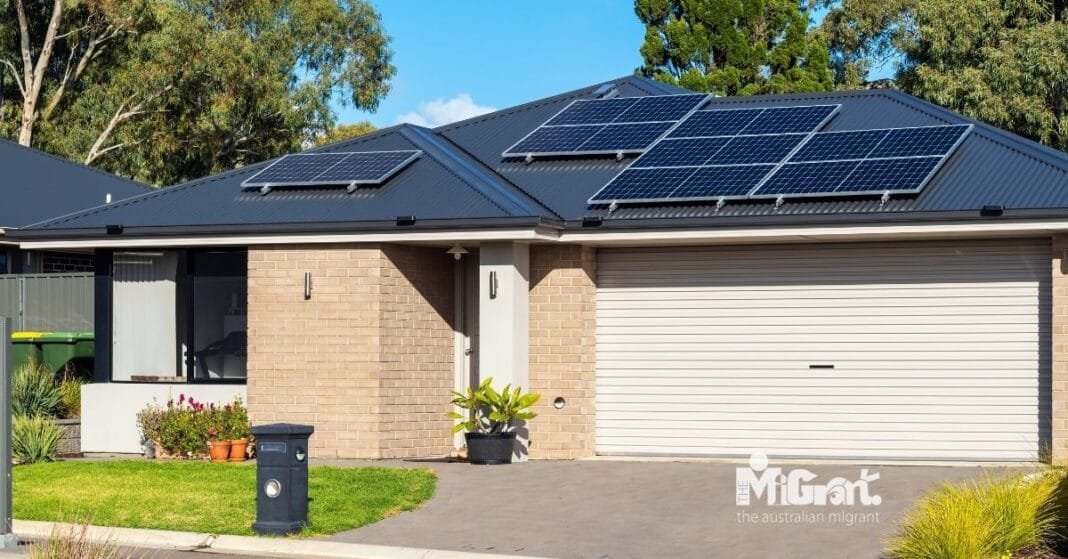The push for renewable energy in Australia is accelerating as most Australians show strong support for making renewables the country’s primary energy source. As Australia undergoes a significant renewable energy transition, surveys in 2024 reveal that a majority of citizens are in favour of solar, wind, and other renewable sources. With the government targeting 82% of electricity from renewables by 2030, public opinion is aligning with the nation’s ambitious energy goals, making Australia’s renewable energy transition a key topic of discussion this year.
The Current Energy Landscape in Australia
Australia’s energy mix has seen a dramatic shift over recent years. Currently, nearly 40% of the country’s electricity comes from renewable sources, an increase that reflects both government policy and public demand. Solar, wind, and battery storage are leading the charge, with investments in these areas reaching record levels. In fact, rooftop solar continues to grow rapidly, with hundreds of thousands of households adding solar panels every year.
Public Opinion on Renewables
A recent survey by CSIRO shows that the majority of Australians are ready to embrace renewable energy in their daily lives. Over 80% of respondents expressed a willingness to live near renewable infrastructure such as solar farms or wind turbines. Solar energy, in particular, enjoys the most support, with 88% of Australians comfortable with living near solar farms.
While solar remains the most popular renewable energy source, wind energy isn’t far behind. Around 82% of Australians said they were happy to live near onshore wind farms, and even offshore wind farms received support from 81% of those surveyed.
Affordability and Other Concerns
For many Australians, the appeal of renewable energy isn’t just about the environment. Affordability has become a key factor driving public support. With rising energy prices, 82% of Australians ranked affordable energy as their top priority. The cost-saving benefits of renewable energy, particularly through rooftop solar, have made it more attractive to households and small businesses alike.
However, not everyone is entirely enthusiastic. Some Australians, particularly those living in rural areas, have expressed concerns about the impact of renewable energy infrastructure, especially transmission lines. While most people support renewable energy projects, there is a need for clearer communication about how these developments will affect local communities.
Pace of the Transition
Although Australians are keen on renewable energy, there’s some debate about how quickly the country should transition. According to the CSIRO survey, 47% of Australians prefer a moderate pace of change, while 40% are pushing for a faster, more aggressive approach. This shows a divide in opinion over how quickly the energy transition should occur.
Government Policies and Public Expectations
The Australian government has set ambitious goals for renewable energy, and the public largely supports these initiatives. According to a 2024 report by the Lowy Institute, 87% of Australians back the idea of government subsidies for renewable energy technologies. This widespread support has prompted the government to continue investing in renewables and expand its efforts to meet the 2030 target.
Challenges to Achieving Renewable Goals
Despite the enthusiasm for renewable energy, there are challenges. Investment in large-scale projects has slowed, particularly in wind energy. Additionally, some communities remain skeptical of new infrastructure projects. As Australia moves towards its 2030 goal, balancing public expectations, investment needs, and environmental concerns will be crucial.
The Future of Australia’s Renewable Energy Transition
Australia is on the right track, but the road ahead is not without obstacles. The public’s growing support for renewable energy is a positive sign, and with continued investment, clearer communication, and community engagement, the country could very well meet its renewable energy targets. As more Australians install rooftop solar and the government pushes for large-scale wind and solar farms, renewable energy is set to become the backbone of the country’s energy system.
Australians’ desire for renewable energy is driving significant changes in the country’s energy policies and market. With the majority backing solar and wind power, and a strong push for affordability, Australia is well-positioned to lead the global shift towards a greener energy future. While challenges remain, the collective will of the public and the government’s ongoing support make it clear: Australia’s renewable energy future is bright.
Looking to apply for an Australian visa or explore migration opportunities? We can connect you with a trusted Registered Migration Agent who specializes in student, skilled worker, partner, family, and visitor visas. Whether you're planning to study, work, or settle in Australia, they’ll guide you through every step of the process. Send your inquiries to themigrant.au@gmail.com, and we’ll help you get in touch with the right experts for your visa and migration needs!

